Trump's last three months set another polling record, and historically, things should get even worse

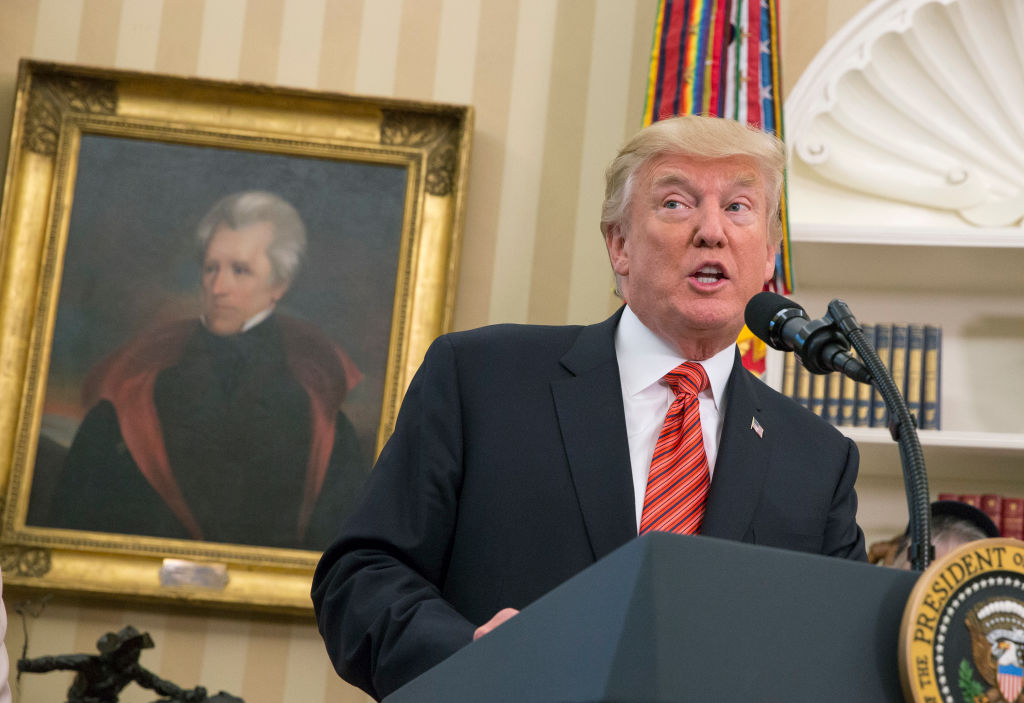
President Trump's average job approval rating for his second quarter in office, from April 20 to July 19, was 38.8 percent, according to Gallup, a drop from the already historically low 41.3 percent Trump notched in his first quarter and inaugural 45 percent number. The lowest previous second-quarter approval rating for a president was Bill Clinton's 44 percent, and every other president since John F. Kennedy was above 55 percent at this point in his presidency, usually in the 60s, according to Gallup's data; Barack Obama was at 62 percent, and as CNBC's John Harwood notes, Obama never polled lower than 40 percent in any week of his presidency.
More broadly, Trump's second quarter ranks 250th out of the 287 president quarters Gallup has polled back to 1945. Most of the 12 percent of quarters worse than Trump's were for troubled presidents — Richard Nixon, Harry Truman, Jimmy Carter, George W. Bush — near the end of their administrations. And Trump probably should expect things to get worse, not better, at least over the next year, Politico says, based on its analysis of four decades of Gallup's extensive presidential polling data.
That's partly because of growing political polarization and historical trends — Trump's six immediate predecessors saw their approval rating drop an average of 9 points from the six-month mark to 18 months, according to Gallup data — but also because of the nature of the objections to Trump. Among the majority who disapprove of Trump, most cite his character and personality, not his policies, a departure from previous presidents and a situation that would make it harder for Trump to win over skeptics. Trump is also much more unpopular among independents than his predecessors.
The Week
Escape your echo chamber. Get the facts behind the news, plus analysis from multiple perspectives.

Sign up for The Week's Free Newsletters
From our morning news briefing to a weekly Good News Newsletter, get the best of The Week delivered directly to your inbox.
From our morning news briefing to a weekly Good News Newsletter, get the best of The Week delivered directly to your inbox.
From his first to his second quarter, Trump lost 2 points among Republicans, versus 3 points for independents and 1 point among Democrats, but he is still at 85 percent approval in his party — Republicans and conservatives are the only groups that give him above 50 percent. Still, for Trump to get above 50 percent overall, he would have to get the support of almost 100 percent of conservatives, Politico finds, or double his supports among moderates or quadruple his backing by liberals. You can play with various groups to try to get Trump above 50 percent support at Politico.
A free daily email with the biggest news stories of the day – and the best features from TheWeek.com
Peter has worked as a news and culture writer and editor at The Week since the site's launch in 2008. He covers politics, world affairs, religion and cultural currents. His journalism career began as a copy editor at a financial newswire and has included editorial positions at The New York Times Magazine, Facts on File, and Oregon State University.
-
 A foodie guide to Edinburgh
A foodie guide to EdinburghThe Week Recommends Go all-out with a Michelin-starred meal or grab a casual bite in the Scottish capital
-
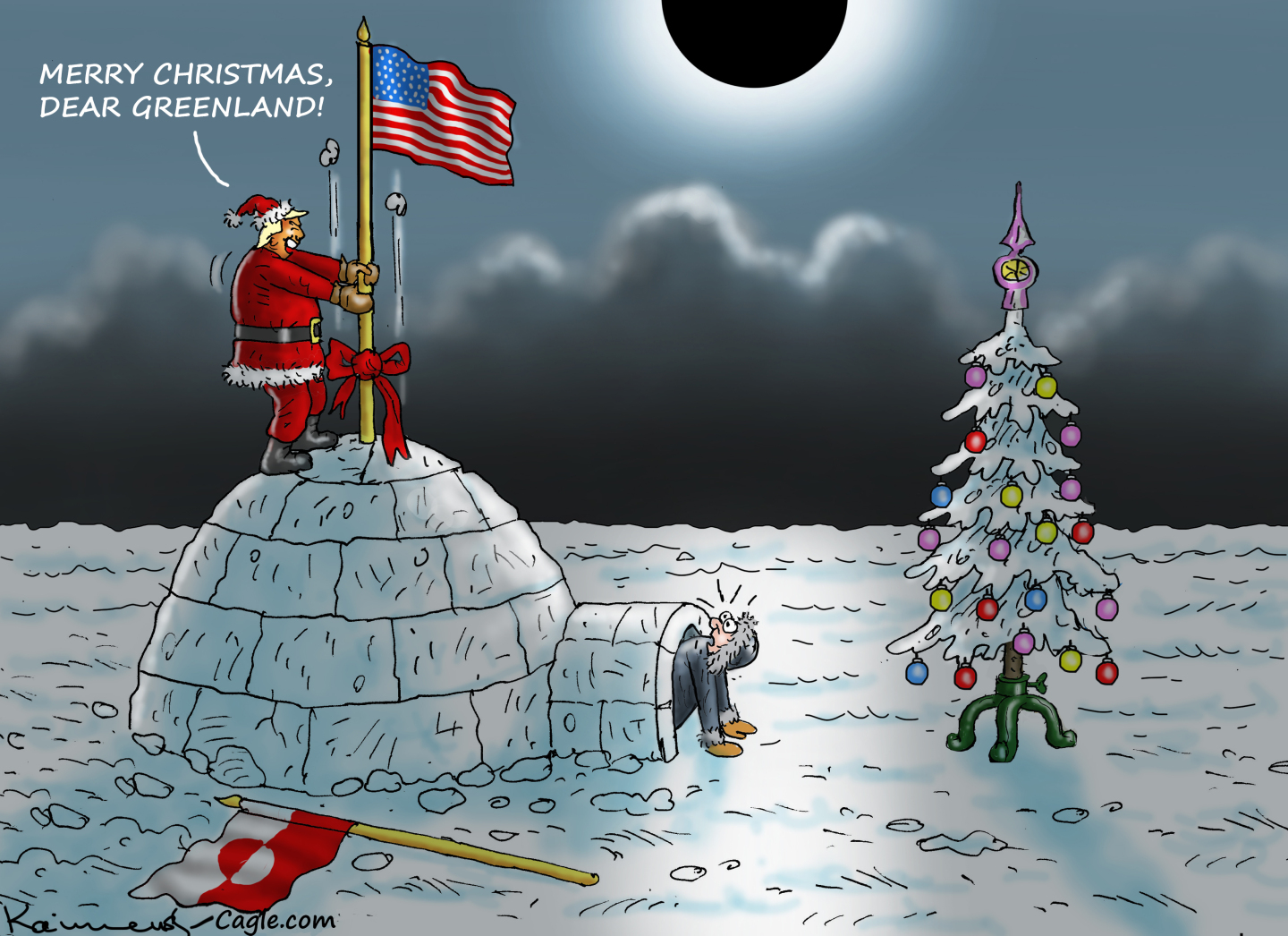 Political cartoons for December 24
Political cartoons for December 24Cartoons Wednesday's political cartoons include Christmas in Greenland, grinchflation, and California floods
-
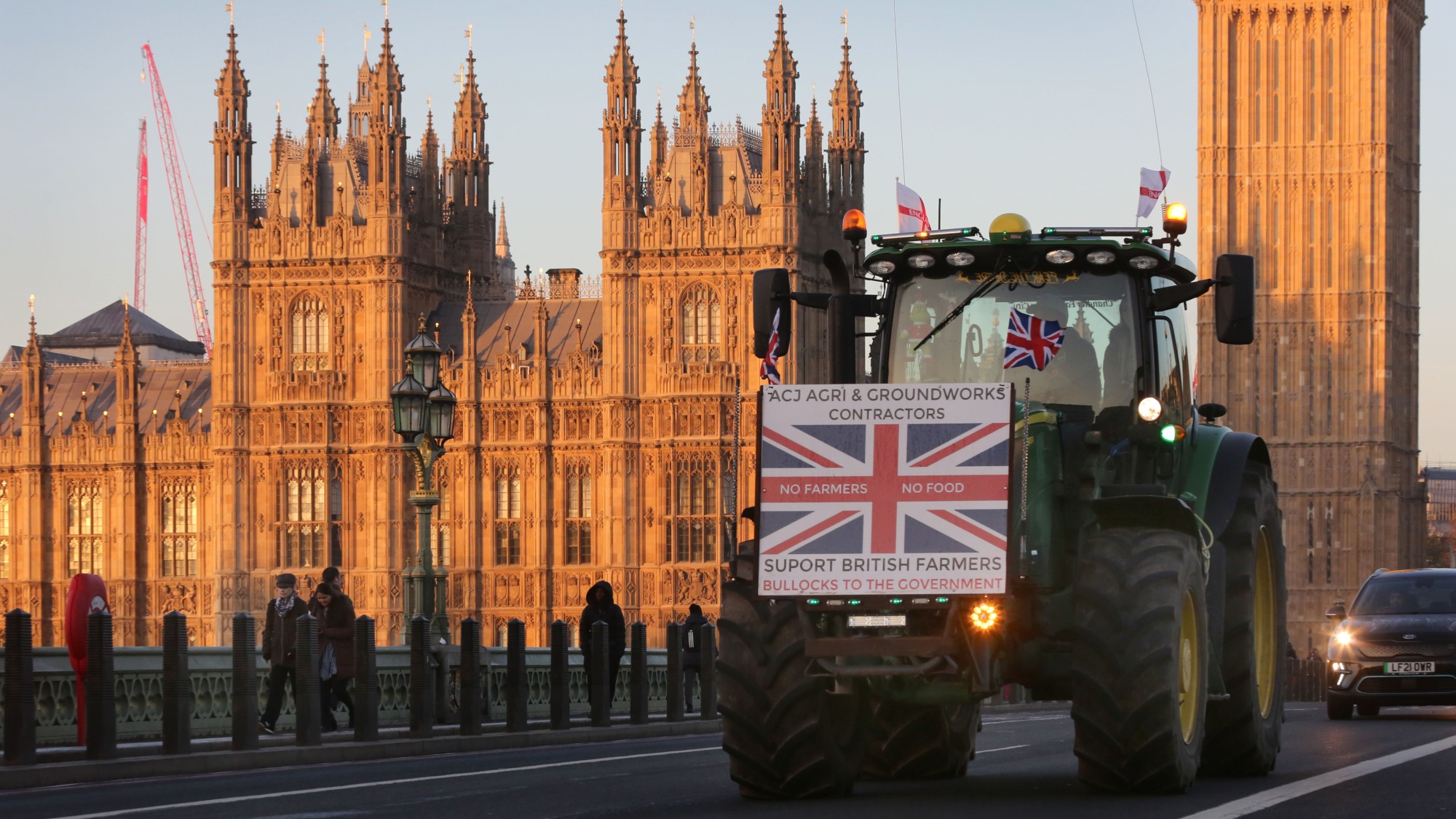 Is there a Christmas truce in the Starmer farmer ding-dong?
Is there a Christmas truce in the Starmer farmer ding-dong?Today’s Big Question There’s an ‘early present’ for farmers but tensions between Labour and rural communities remain
-
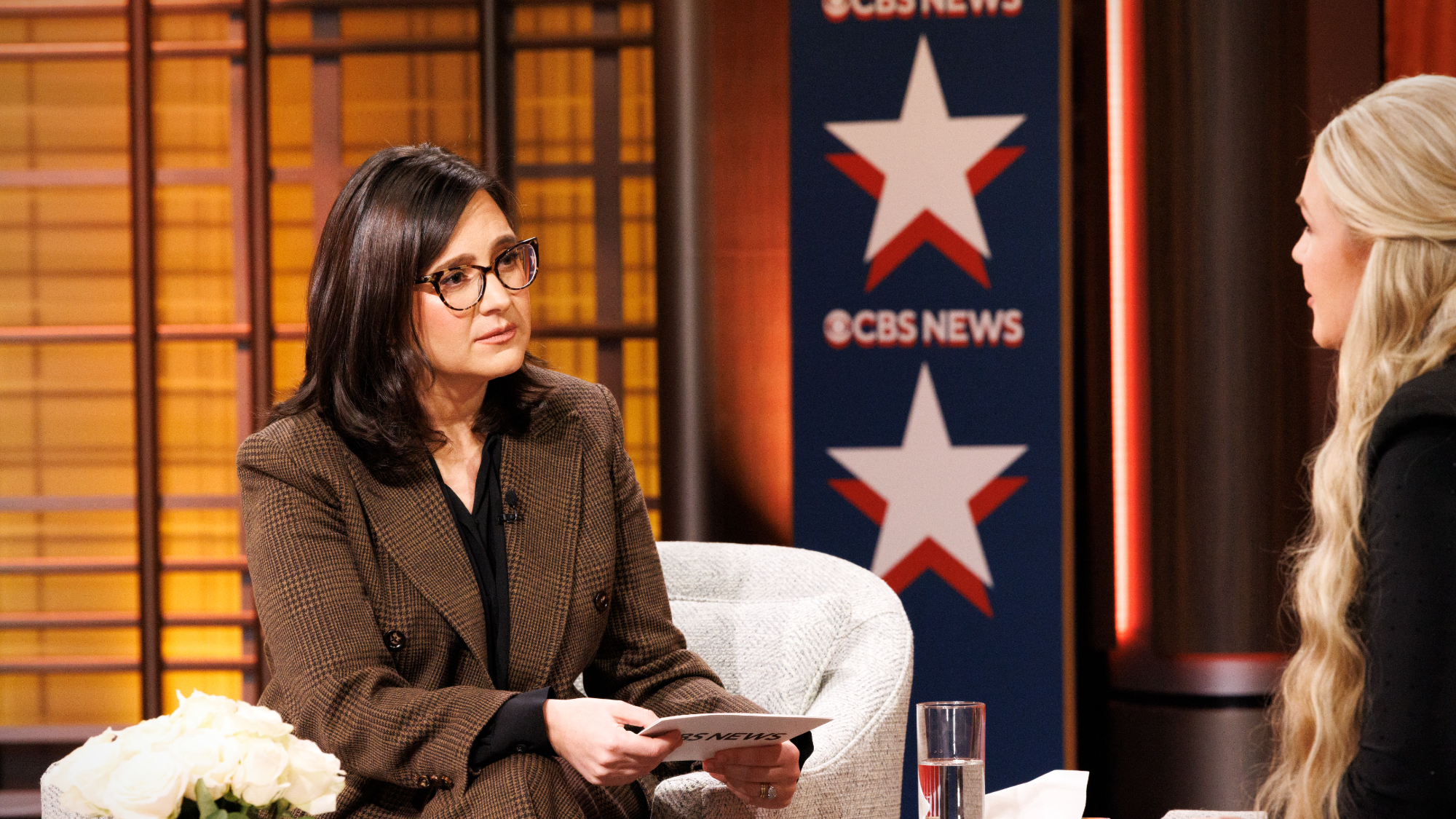 CBS pulls ‘60 Minutes’ report on Trump deportees
CBS pulls ‘60 Minutes’ report on Trump deporteesSpeed Read An investigation into the deportations of Venezuelan migrants to El Salvador’s notorious prison was scrapped
-
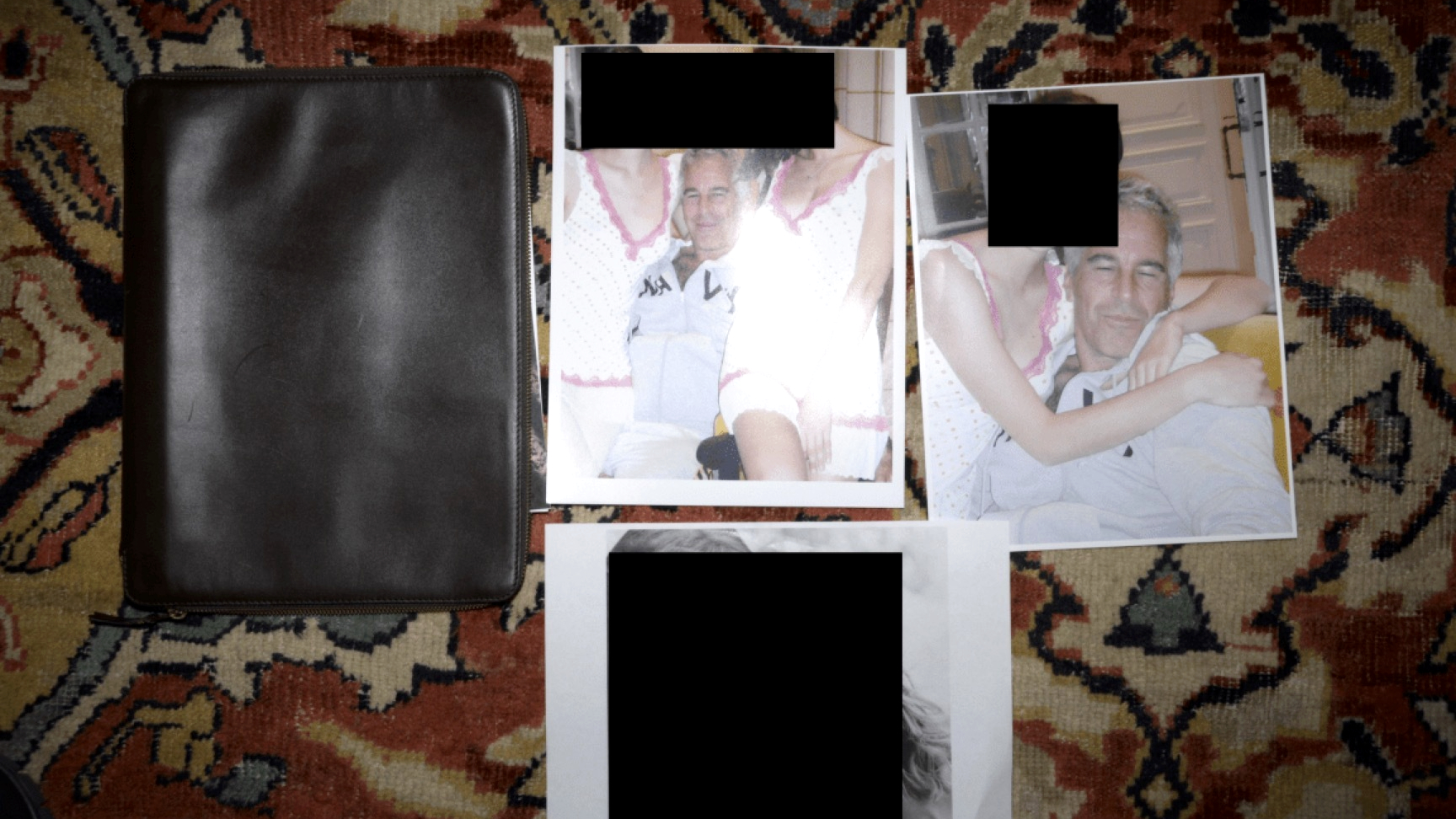 Trump administration posts sliver of Epstein files
Trump administration posts sliver of Epstein filesSpeed Read Many of the Justice Department documents were heavily redacted, though new photos of both Donald Trump and Bill Clinton emerged
-
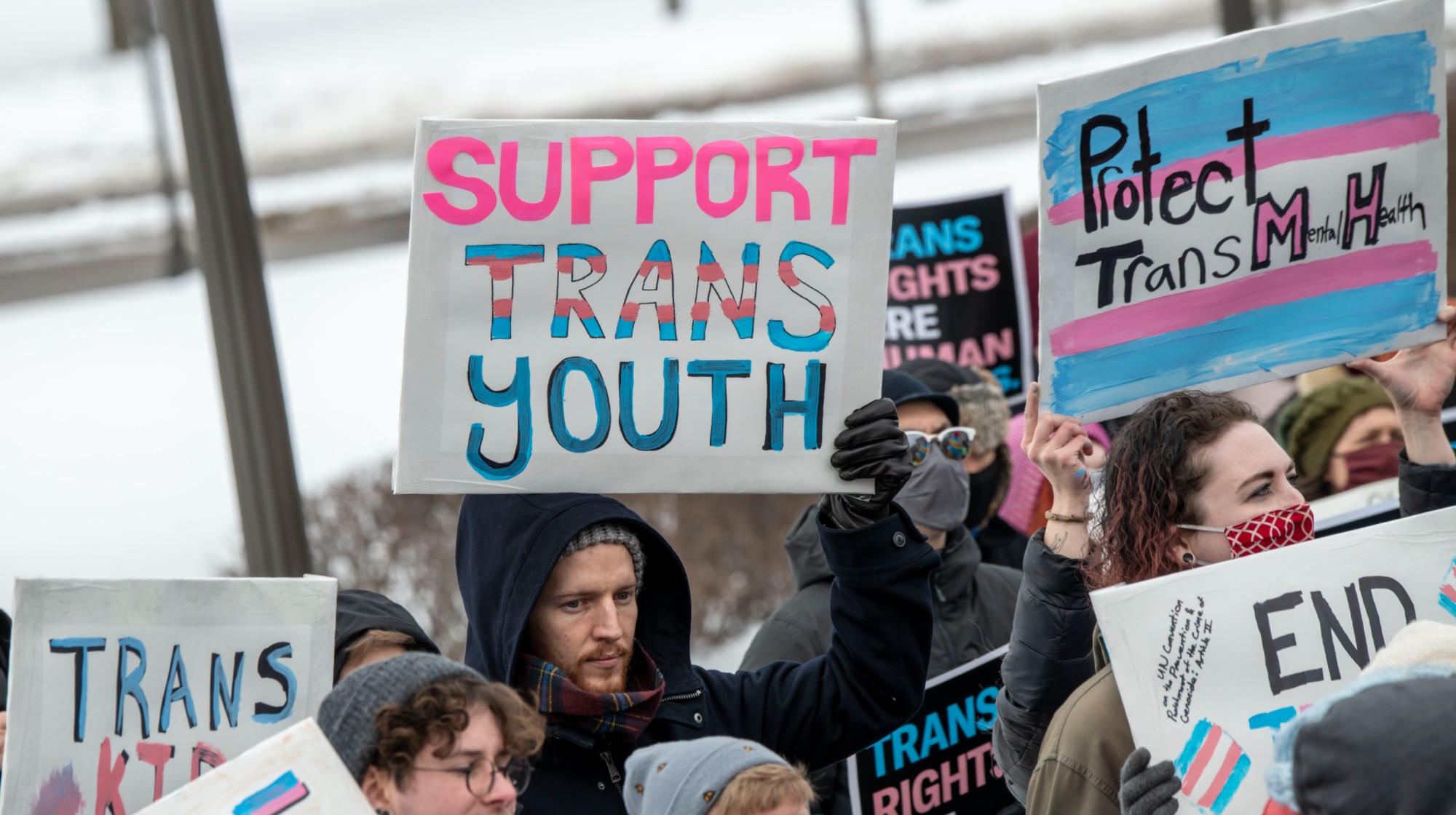 Trump HHS moves to end care for trans youth
Trump HHS moves to end care for trans youthSpeed Read The administration is making sweeping proposals that would eliminate gender-affirming care for Americans under age 18
-
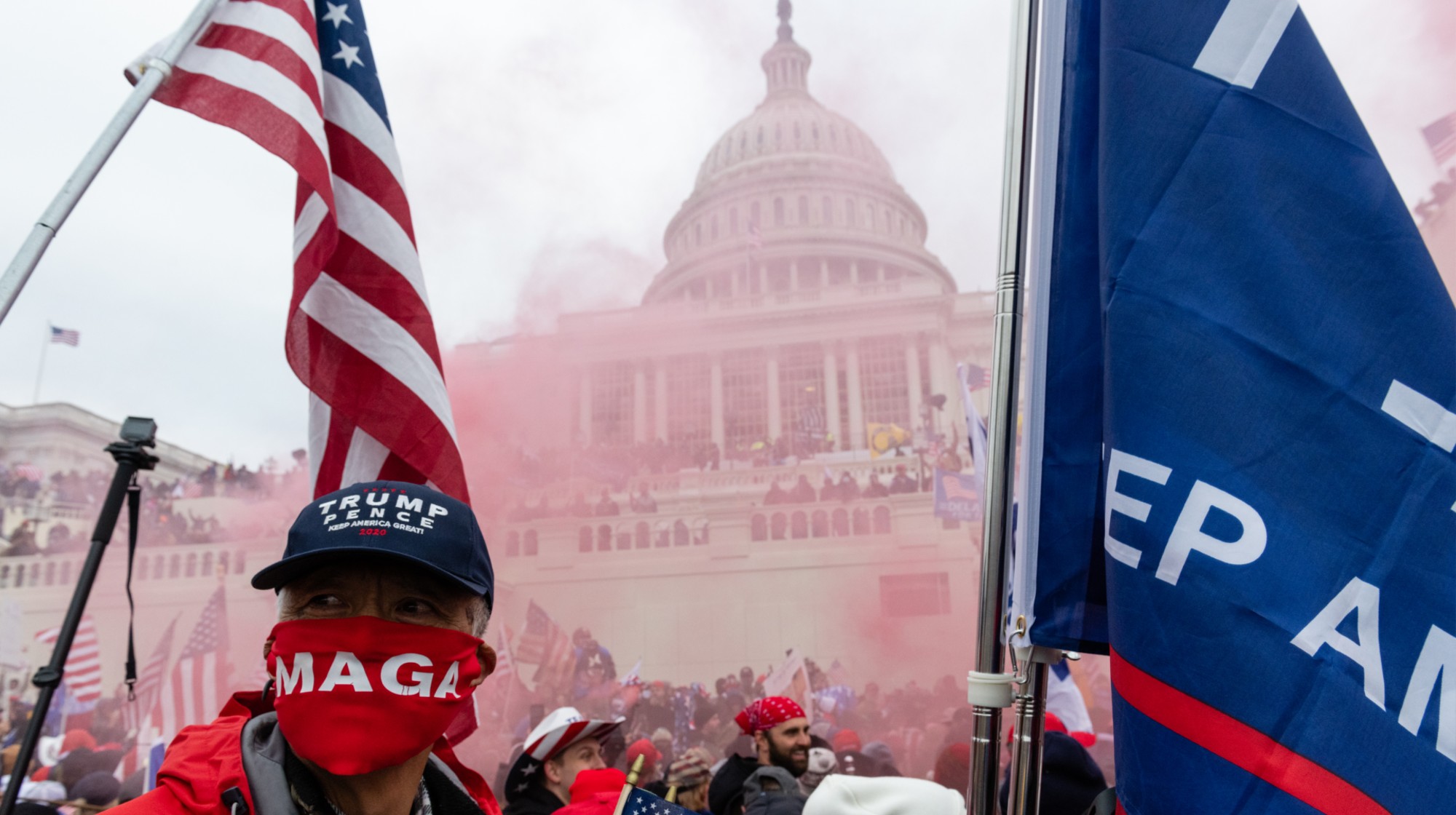 Jack Smith tells House of ‘proof’ of Trump’s crimes
Jack Smith tells House of ‘proof’ of Trump’s crimesSpeed Read President Donald Trump ‘engaged in a criminal scheme to overturn the results of the 2020 presidential election,’ hoarded classified documents and ‘repeatedly tried to obstruct justice’
-
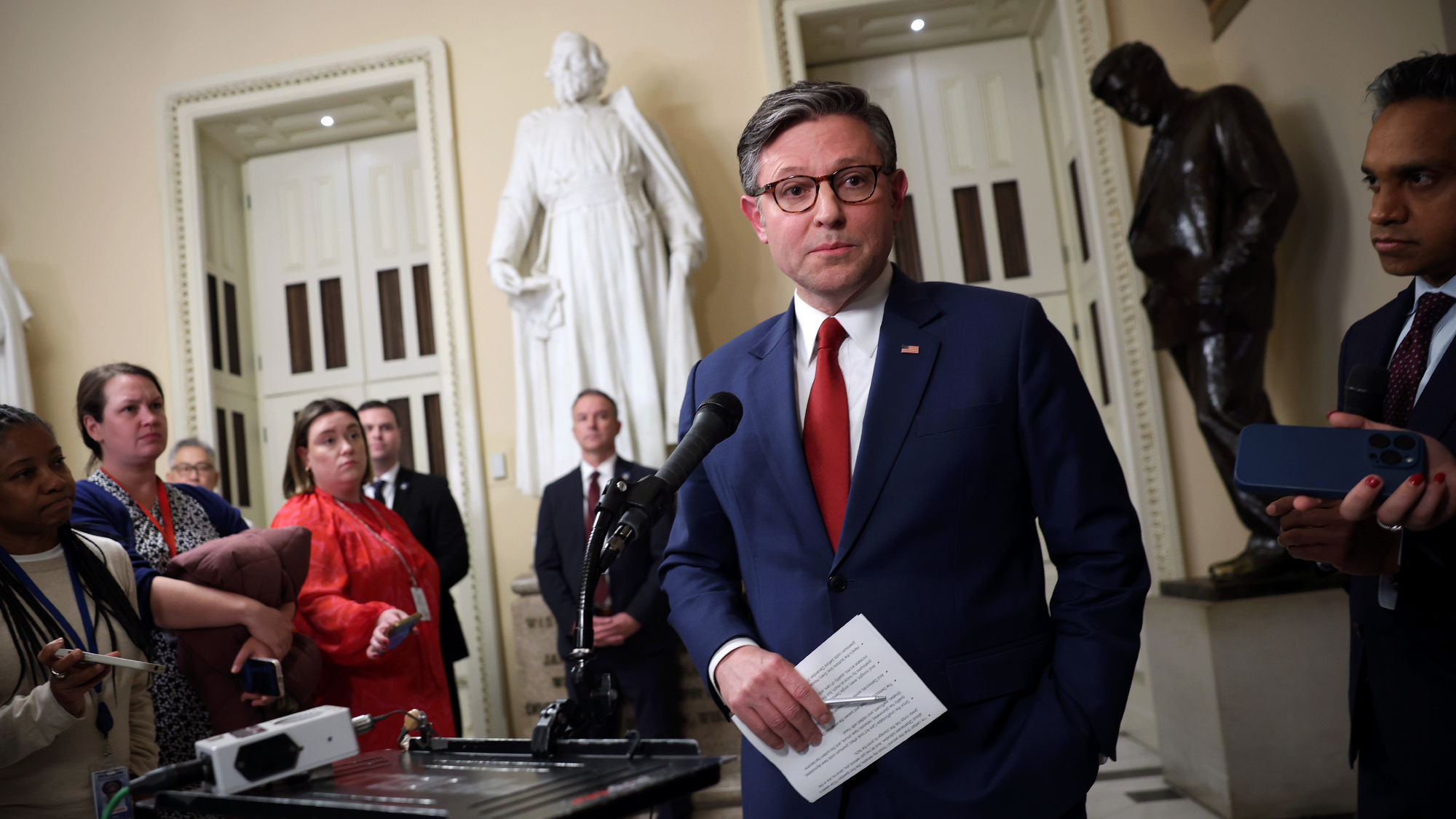 House GOP revolt forces vote on ACA subsidies
House GOP revolt forces vote on ACA subsidiesSpeed Read The new health care bill would lower some costs but not extend expiring Affordable Care Act subsidies
-
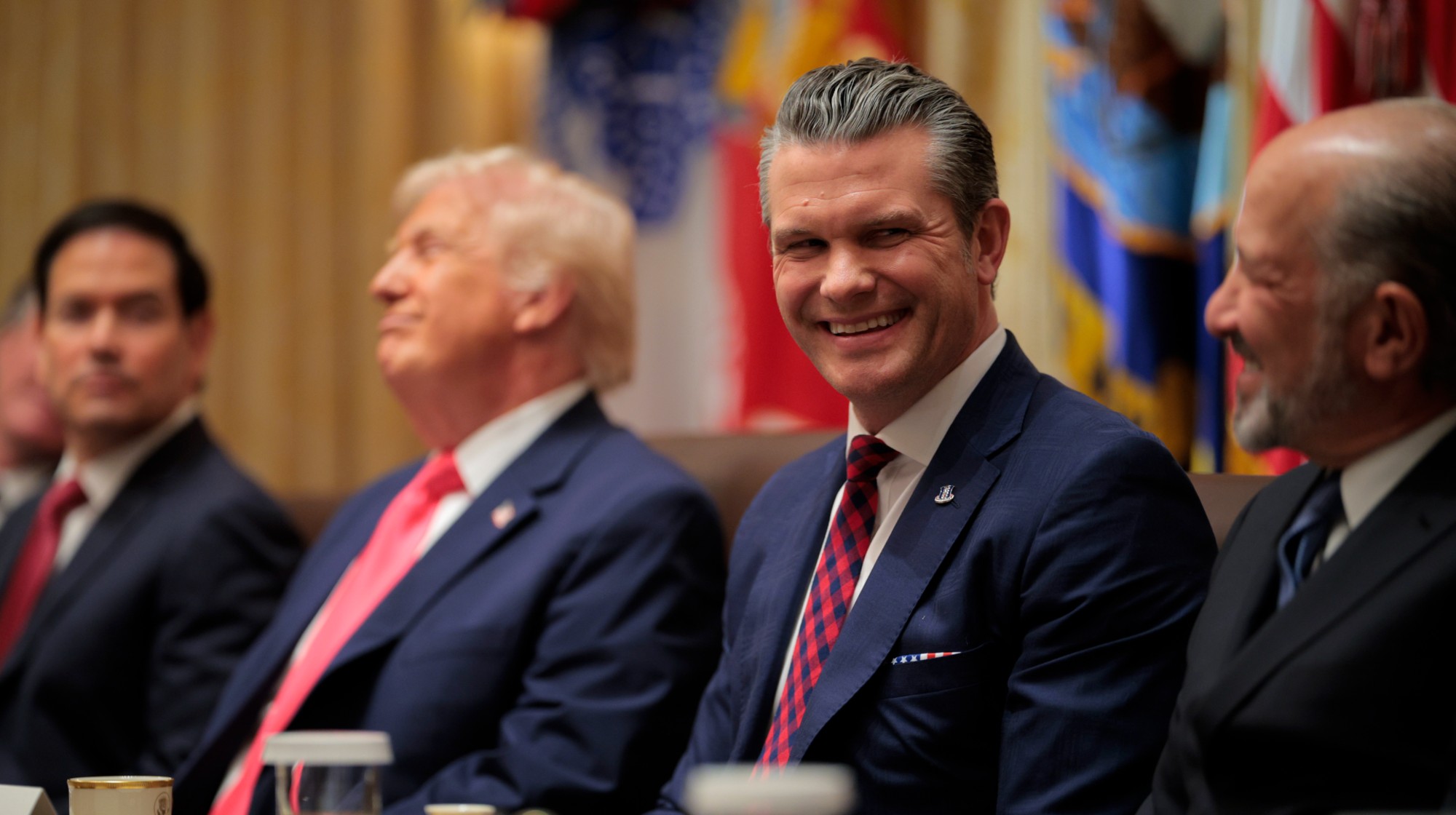 Hegseth rejects release of full boat strike footage
Hegseth rejects release of full boat strike footageSpeed Read There are calls to release video of the military killing two survivors of a Sept. 2 missile strike on an alleged drug trafficking boat
-
 Trump vows naval blockade of most Venezuelan oil
Trump vows naval blockade of most Venezuelan oilSpeed Read The announcement further escalates pressure on President Nicolás Maduro
-
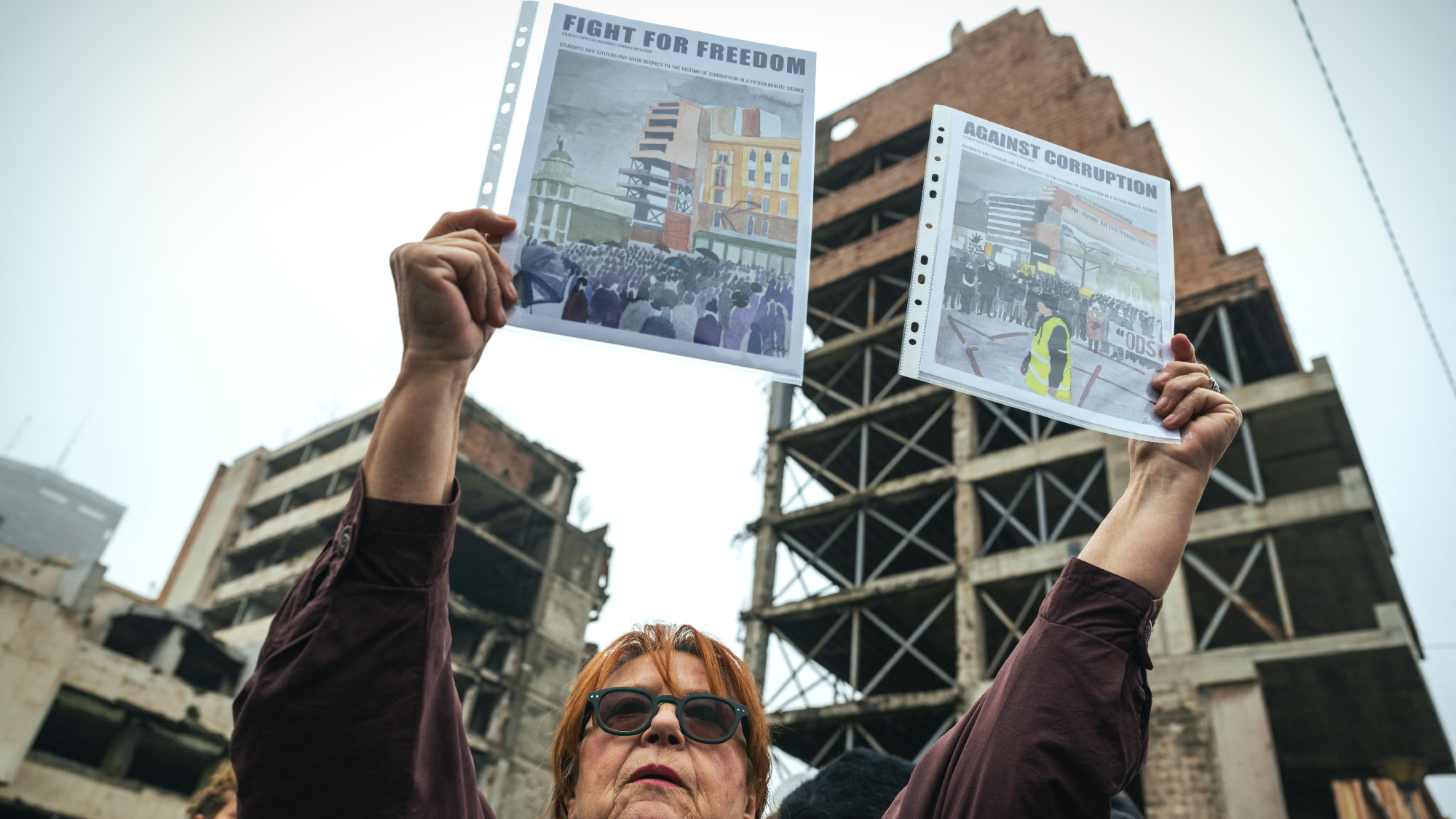 Kushner drops Trump hotel project in Serbia
Kushner drops Trump hotel project in SerbiaSpeed Read Affinity Partners pulled out of a deal to finance a Trump-branded development in Belgrade
